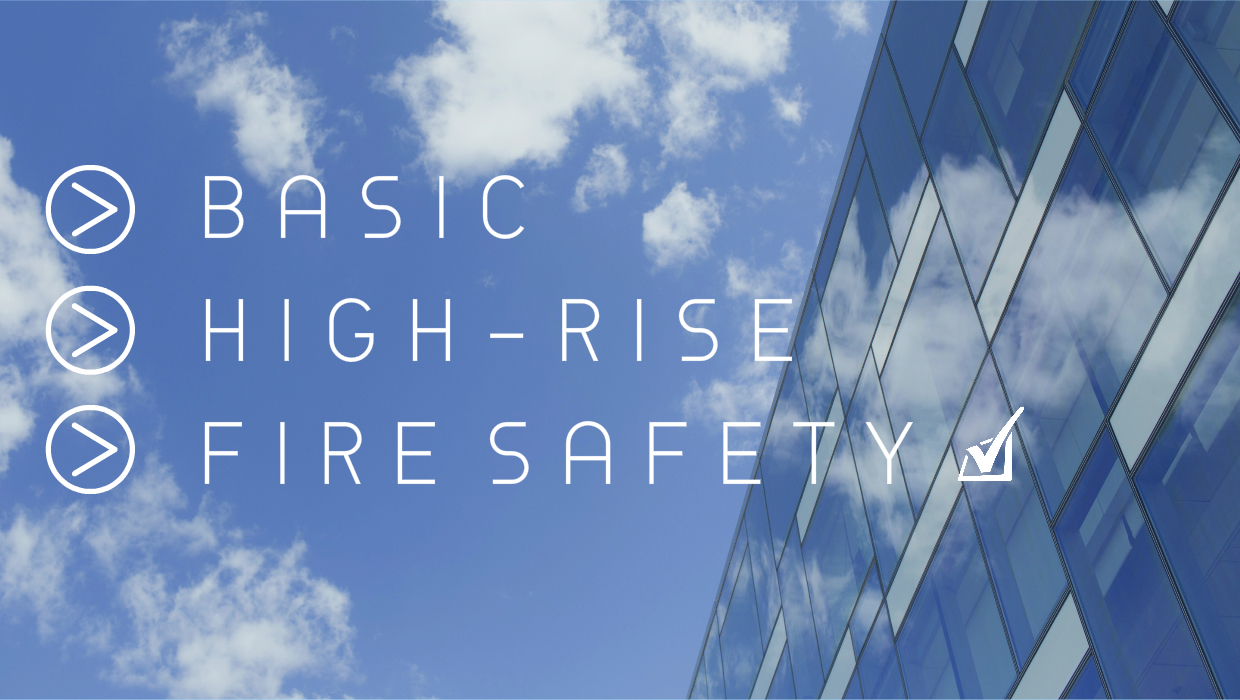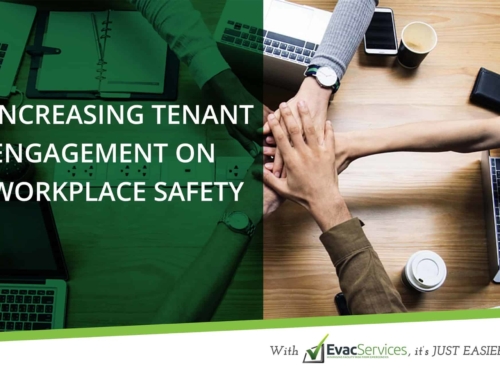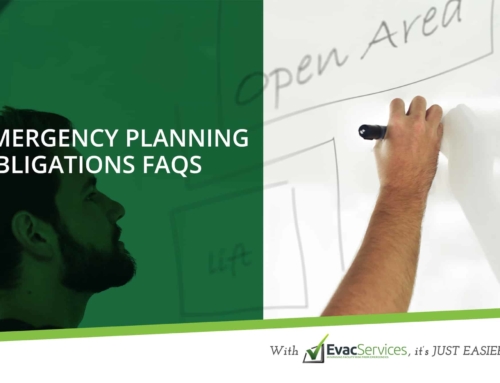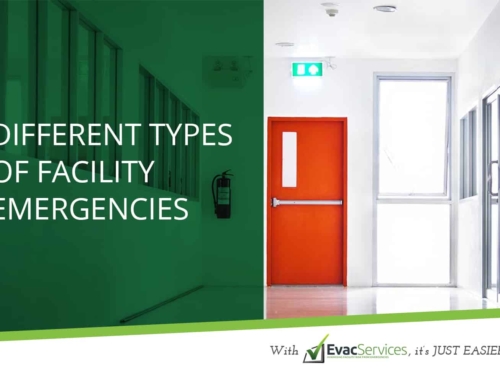Though tall buildings are required to have high-rise fire safety rated areas this doesn’t mean that your occupants will be safe in an emergency.
A fire in a building is probably one of the more serious emergencies anyone could ever be involved in. Because of the structural design, it becomes tough for the occupants to get out to safety at the soonest time possible. Although high-rise buildings are required to have fire rated safe areas, such as fire escapes, this does not automatically mean that your occupants will be safe in a fire emergency.
Fire rated walls and doors are specially designed, and rated, to withstand a fire for a specified amount of time (usually 2 hours). They can also help slow or stop the spread of fire to nearby buildings and other areas.
In 2012, a survey conducted by the University of New South Wales was published, revealing that about 15 percent of unit owners had reported defective or lacking high-rise fire safety measures in their respective buildings. The results, however, were apparently not mutually exclusive to New South Wales, as a lot of other regions in the country also have a significant number of non-compliant buildings.
Classifying Buildings for Safety
The Australia Building Codes Board (ABCB) follows a strict classification of types of structures, ranging from residential, single dwellings to townhouses, medium-rise buildings to high-rise buildings. The way the buildings are built will have an inevitable effect on how much of a risk it will be should a disaster happen. Different requirements and standards, therefore, apply, although, of course, there are basic expectations that apply across the board as well.
Some of these basic expectations or standards would include the need for working fire extinguishers in strategic locations. These items must be tested on a regular basis to make sure they are still functioning well. Fire exits must also be easily accessible and with a visible, lit sign over the doorway. It should be free from any obstructions to facilitate a smoother evacuation. Also important to note is the fact that obstruction of these fire exits carries a similar penalty.
The doors of the fire exit must also meet industry standards. Some buildings scrimp on the quality of their fire exit doors, which eventually fail to function properly. Needless to say, this is a huge risk to take, especially with the probability of fire eventually breaking out. Locking devices that are deemed non-compliant would be padlocks, bolts or deadlocks, to name a few.
Other equipment that should be available are the following:
- Smoke / Fire Detection Systems
- Smoke control / Stair pressurisation system
- Automatic sprinkler system
- Fire hose reel system
- Fire hydrant system
Warning Devices
Where there’s smoke, there’s fire, so goes the old saying. However, it’s not always immediately that the smoke is noticed. Sometimes, the fire may be well established before any sign of it is noticeable by building occupants. Not forgetting that the cause of the fire could come from the usually uninhabited places or situations, such as a server room. One thing’s for sure, though — upon the realisation that there is a fire, trying to find out where the smoke is coming from should not be your primary concern. Your main concern is to get people, including yourself, away from direct danger, and raise the alarm.
When you are distracted and preoccupied with other things; you may not realise that a fire has started in the next room. That is why early warning devices were invented. All large commercial buildings are required to have a Fire Indicator Panel (FIP). The FIP automatically monitors the detection systems throughout a building and indicates what alarm has been raised, and where. Working in conjunction with the FIP is the Emergency Warning and Intercommunication System (EWIS). The EWIS is a device that enables the Chief Warden to manage the emergency by controlling the alarm tones in different areas of the building. The EWIS also has communication capabilities, where floor wardens can communicate to the Chief Warden.
Maintenance of Emergency Systems
It is imperative that all high-rise fire safety emergency systems and fire-fighting equipment are regularly maintained by AS1851:2012. This Australian standard outlines what activities are required to be undertaken to ensure that equipment and systems maintain good working order.
Emergency Training
How do occupants know what to do if an alarm goes off? Simple: every occupant should be given emergency evacuation training at least once a year. This training should cover the evacuation procedures for the facility, as outlined in the emergency plan. Tenants of the building are responsible for their own unit’s training. The government, through Safe Work Australia, mandates that companies provide emergency training and procedures for their employees. At the same time, however, building management also has to have their own, and then coordinate with its respective tenants. A cohesive and synchronised flow of emergency procedures can mean all the difference when it comes to ushering tenants out to safety.
If you have any further questions about your high-rise fire safety, feel free to contact us by filling out the form below.





Leave A Comment